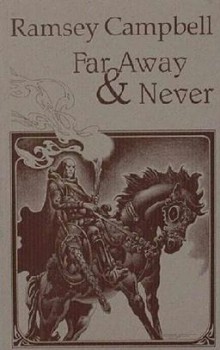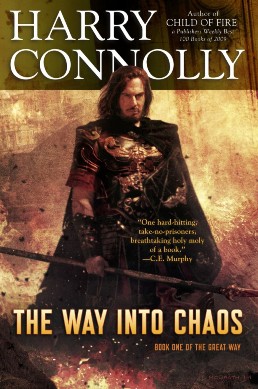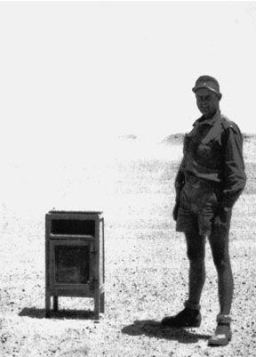Swords & Sorcery Gold from a Master of Horror: Far Away & Never by Ramsey Campbell
 Ramsey Campbell is considered one of the most important and skilled writers of horror fiction. His earliest stories, Lovecraft pastiches, were collected and published by Arkham House as The Inhabitants of the Lake and Less Welcome Tenants (1964) when he was only eighteen. Within a few years he was routinely being nominated for, and often winning, various major awards for his original works of contemporary horror such as The Doll Who Ate His Mother (1976) and The Parasite (1980). He has also edited and co-edited several stellar collections of horror stories, including New Tales of the Cthulhu Mythos (1980).
Ramsey Campbell is considered one of the most important and skilled writers of horror fiction. His earliest stories, Lovecraft pastiches, were collected and published by Arkham House as The Inhabitants of the Lake and Less Welcome Tenants (1964) when he was only eighteen. Within a few years he was routinely being nominated for, and often winning, various major awards for his original works of contemporary horror such as The Doll Who Ate His Mother (1976) and The Parasite (1980). He has also edited and co-edited several stellar collections of horror stories, including New Tales of the Cthulhu Mythos (1980).
Any connoisseur of fine fright-fiction should know all that. But did you know he spent a bit of his considerable literary energies composing some top-notch sword & sorcery stories in the late seventies? Well, he did. The slim volume Far Away & Never (1996) from Necronomicon Press collects the seven heroic fantasy stories he wrote back in the seventies. Six are set on his mythical world Tond; four are about the mercenary and adventurer, Ryre. All of Ryre’s tales were published in Andrew Offutt’s terrific Swords Against Darkness anthologies.
In the highly informative forward, Campbell explains how he created the world of Tond. It first appeared in an excerpt of The Revelations of Glaaki, his contribution to the Cthulhu Mythos library of invented blasphemous tomes, in the story “The Inhabitant of the Lake.” Infatuated with Clark Ashton Smith’s “The Abominations of Yondo,” he was determined to use Tond for a complete story, resulting in “A Madness from the Vault.”
Campbell found himself revisiting Tond when he wrote “The Stages of the God” and “The Song at the Hub of the Garden,” both somewhat dreamy stories of characters seeking refuge and finding nothing they expect. Both are infused with a hazy dreaminess redolent of Clark Ashton Smith’s stories. “Hub” is more of a story than “Stages,” and more enjoyable, but neither is particularly memorable.








